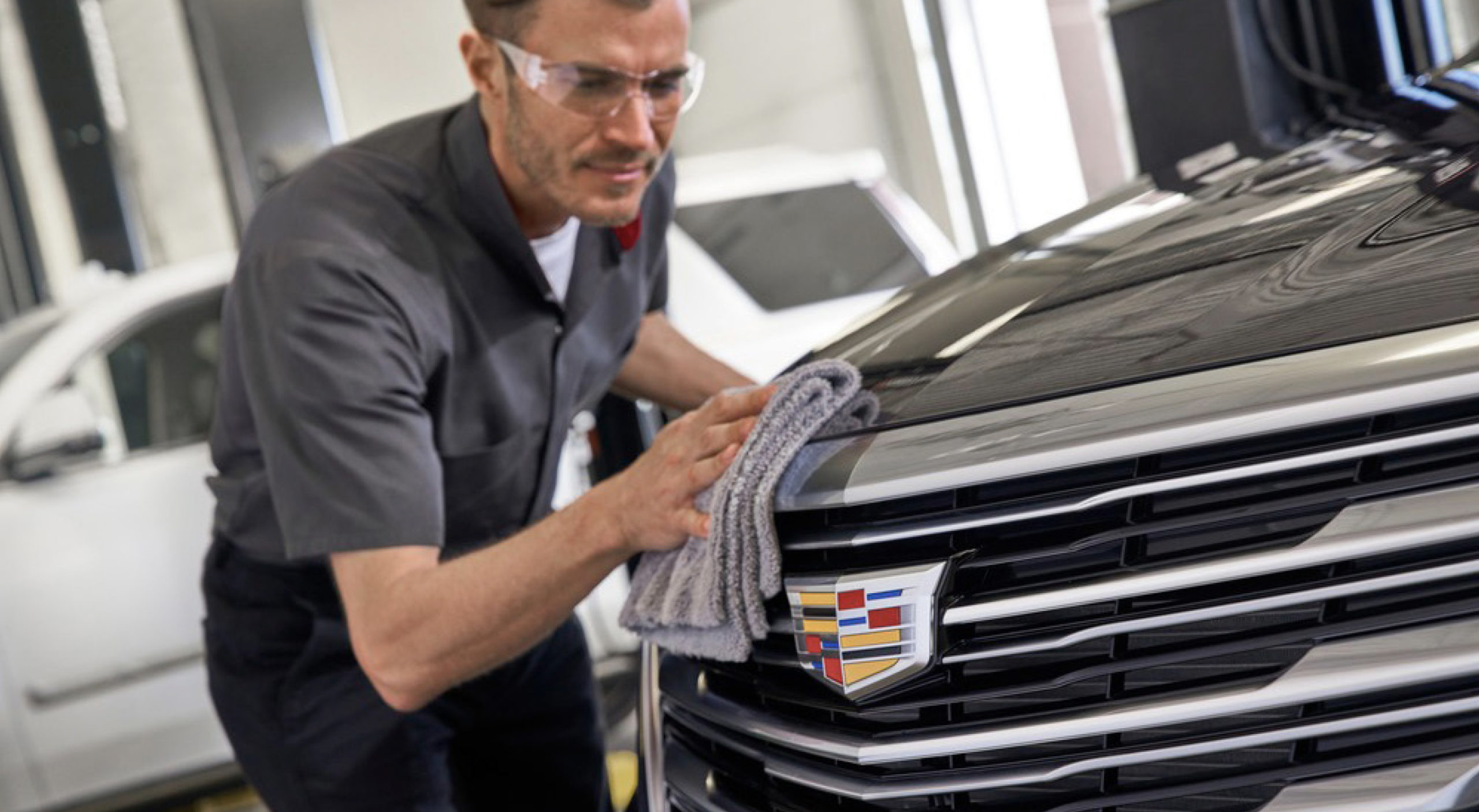
Sure, paintless dent repair is nothing new. But, when it comes to utilizing the process on 2021-and-older GM cars and light-duty trucks with steel outer body panels, GM recommends only a few techniques to ensure a good repair.
SPECIAL TOOLS
The first involves the use of special tools that allow shallow dents to be repaired without drilling holes in the body. This enables repair personnel to gain access to the damaged area by removing certain components ― such as hood insulators, taillamps and headlamps ― and eliminates the need to fill, paint or replace the panel. This method is appropriate for most body panels that allow for reasonable access to the back side of the damaged area.
Tip: During paintless dent repair, only use tools of high-quality, tempered steel with smooth-polished, rounded tips that will not damage the back portion of the dented area. These tools are shaped to enable access to most areas of the vehicle while providing a clear view of the work area. Specialty lights can also be used to highlight damaged areas.
GLUE STICKS
New developments in dent removal, such as the use of glue sticks, have made the process possible in areas with little or zero access to the back side of the panel. Here, adhesive material is placed over the dent on the outside of the panel and allowed to cool so that the dent can be pulled back to its original contour without causing paint damage.
Common areas for glue-stick use include roof rails, pickup box bed rails and the roof skin located near stationary glass. The process requires no drilling of holes or removal of vehicle components for access.
WHEN TO USE PAINTLESS DENT REPAIR
Appropriate uses for paintless dent repair include the following: minor transportation damage; dents with no broken paint on the surface; soft dents in body lines; contoured areas that allow for reasonable access to the back side of the damaged area (and does not require structural part removal); and where the glue-stick process can be successful.
Avoid using paintless repairs on dents that show evidence of cracked paint and those that require holes to be drilled or structural vehicle parts to be removed. Also, avoid paintless repair on sharp dents in contoured areas, dents on the edge of panels, and on damage in zero-clearance areas where the glue stick dent removal process has been unsuccessful.
For more information, refer to Doc #99-08-51-001E on Service Information.

